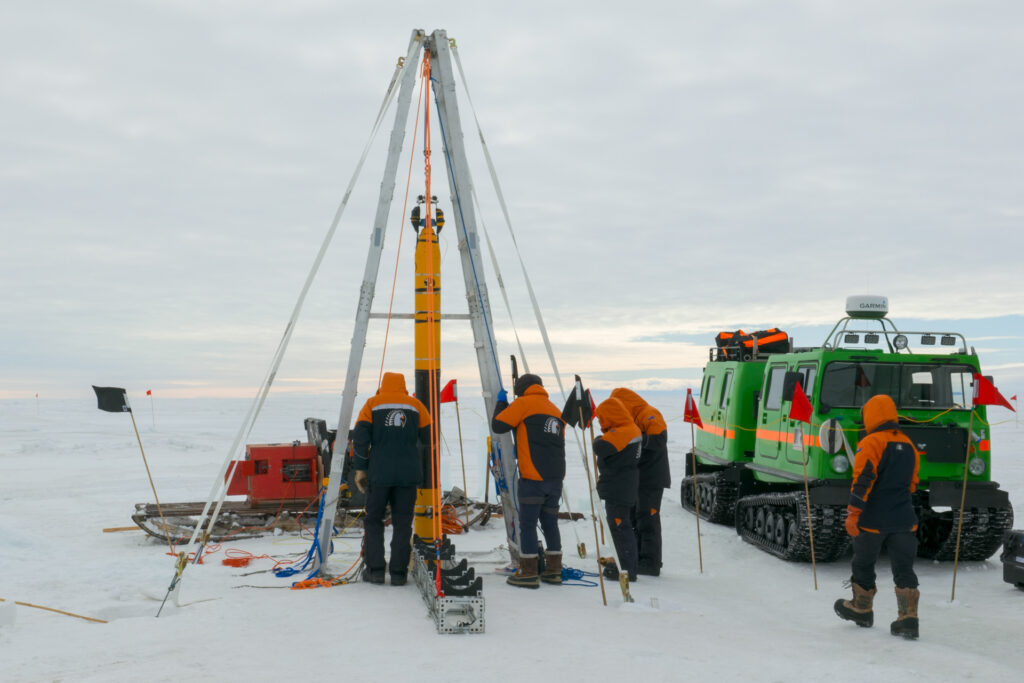Scientists from Antarctica New Zealand are breaking new ground in polar research with the creation of a durable device to measure supercooled ocean water below sea ice.
Funded by the Marsden Fund, the NZ team collaborated with Norwegian and US scientists to build the High Precision Supercooling Measurement Instrument (HiPSMI), which is sent below the ice while attached to a remotely operated submersible robot named Icefin.
Dr Inga Smith from the University of Otago, New Zealand, explained that sea ice usually freezes at -1.9ºC but that is not the case when fresh water flows from beneath an ice shelf and mixes with the salty sea water.
“Then it becomes what’s called supercooled, so it’s still liquid but actually below the freezing point,” she said. “It then snap freezes into these crystals called frazil; they attach to the sea ice and form platelet ice. That means the sea ice in this area is thicker and grows faster than it would otherwise; certainly thicker and faster than you would expect in the Arctic, for example, in a similar location.
“We’re really pushing the edge of polar engineering here, operating in these really cold temperatures and making high-precision measurements of that supercooling,” she added.
Maren Richter, a PhD student from the University of Otago, said oceans under ice shelves are a large black spot in our knowledge. “We know more about the dark side of the moon than we know about what’s going on underneath the Ross Ice Shelf,” she said. “These measurements help to inform understanding of how the system that is the ocean, the ice and the atmosphere works together, and how that all interconnects. These are all calculated by large-scale models and the more accurate we can make these models, even on really small scales like this, the more accurate it will be on larger scales like informing weather in the future in New Zealand.”
To test the HiPSMI in Antarctica for the first time, the team worked out of a containerized ice camp on McMurdo Sound. Sarah Williamson, the chief executive of Antarctica New Zealand, said the camp, owned by the National Institute of Water and Atmospheric Research (NIWA), was key to the team’s success. “They managed to collect oceanographic and sea ice data for 17 of the 20 days at the ice camp, and HiPSMI data on eight of those days. It’s always satisfying when we can support this world-leading science so successfully in Antarctica, particularly when it has such important ramifications for the rest of the planet,” she commented.



